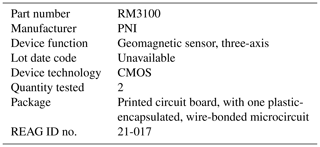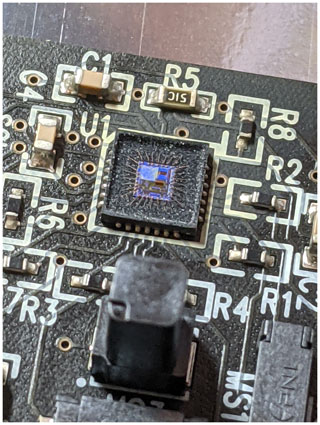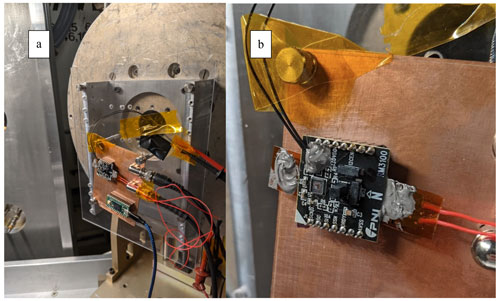Single-event effect testing of the PNI RM3100 magnetometer for space applications
The results of a destructive single-event effect susceptibility radiation test of the PNI RM3100 magnetometer sensor, specifically the MagI2C ASIC (application-specific integrated circuit) on the sensor board are presented. The sensor is a low-resource commercial off-the-shelf (COTS) magneto-inductive magnetometer. The device was monitored for destructive events and functional interruptions during exposure to a heavy ion beam at the Lawrence Berkeley National Laboratory's 88′′ Cyclotron. The RM3100 did not experience any destructive single-event effects when irradiated to a total fluence of 1.4 × 107 cm−2 at an effective linear energy transfer (LET) of 76.7 MeV cm2 mg−1 while operated at nominal voltage (3.3 V) and elevated temperature (85 ∘C). When these results are combined with previous total ionizing dose tests showing no failures up to 150 kRad (Si), we conclude that the PNI RM3100 is extremely radiation tolerant and can be used in a variety of space environments.










